2020 Merit Award
AIA Cleveland
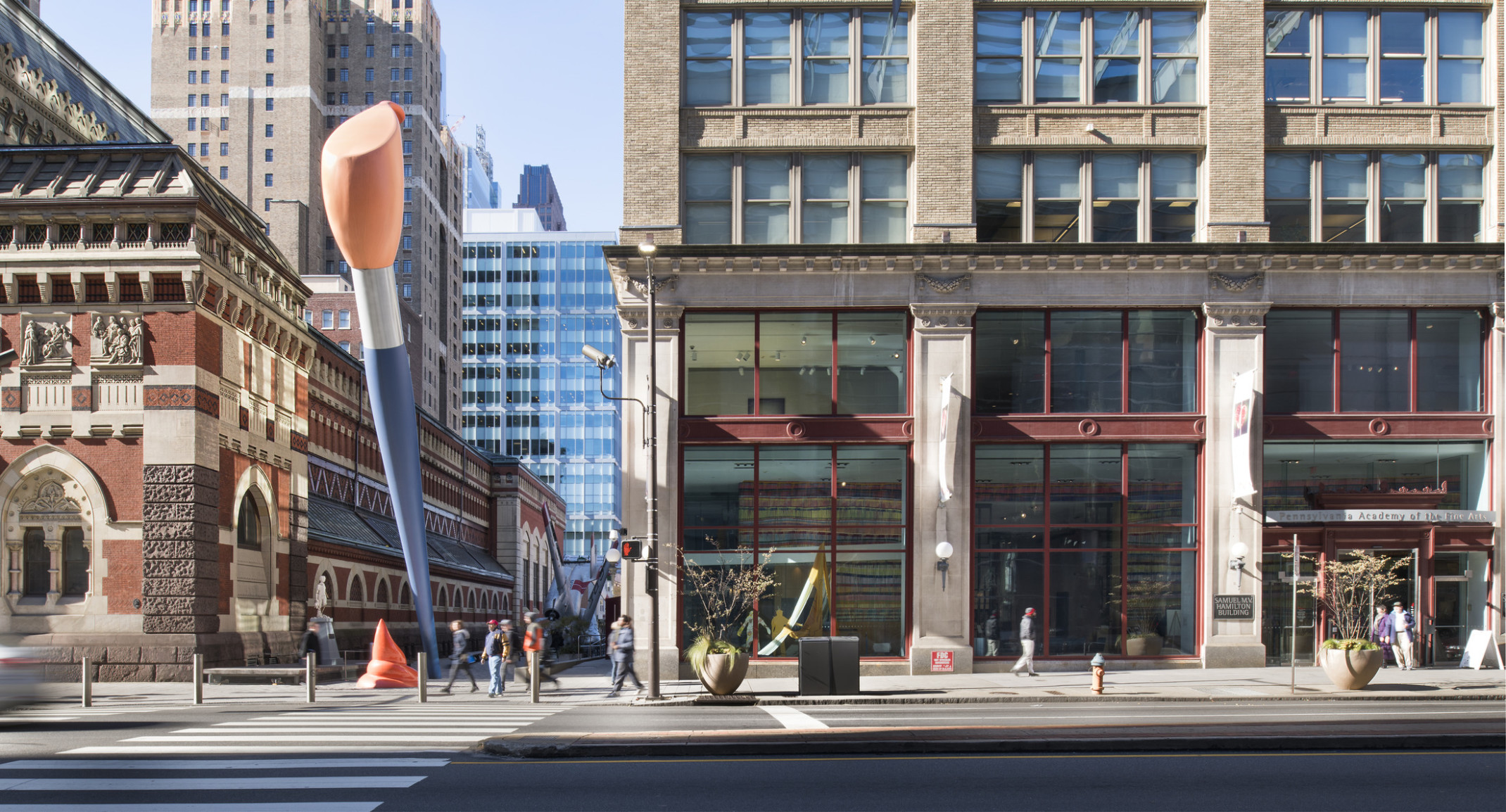
Philadelphia, PA
Galleries, curatorial/research areas, library, auditorium, studios
Master planning, architecture, engineering, interiors, preservation
AIA Cleveland, 2020 Merit Award Interior Architecture
Our master plan and subsequent renovation accommodates a growing program within a fixed site, consolidates inefficient support spaces and administrative functions, develops new assembly spaces, and reinforces the image and culture of the institution to the public, all while preserving PAFA’s historic structures.
The Center for the Study of the American Artist combines several program elements on a single 20,000-SF floorplate, including an enhanced library, labs for a new illustration program, a digitization lab, group study areas, a comprehensive collection research suite, computer lab, printing lab, and a 6,000-SF cool storage archive.
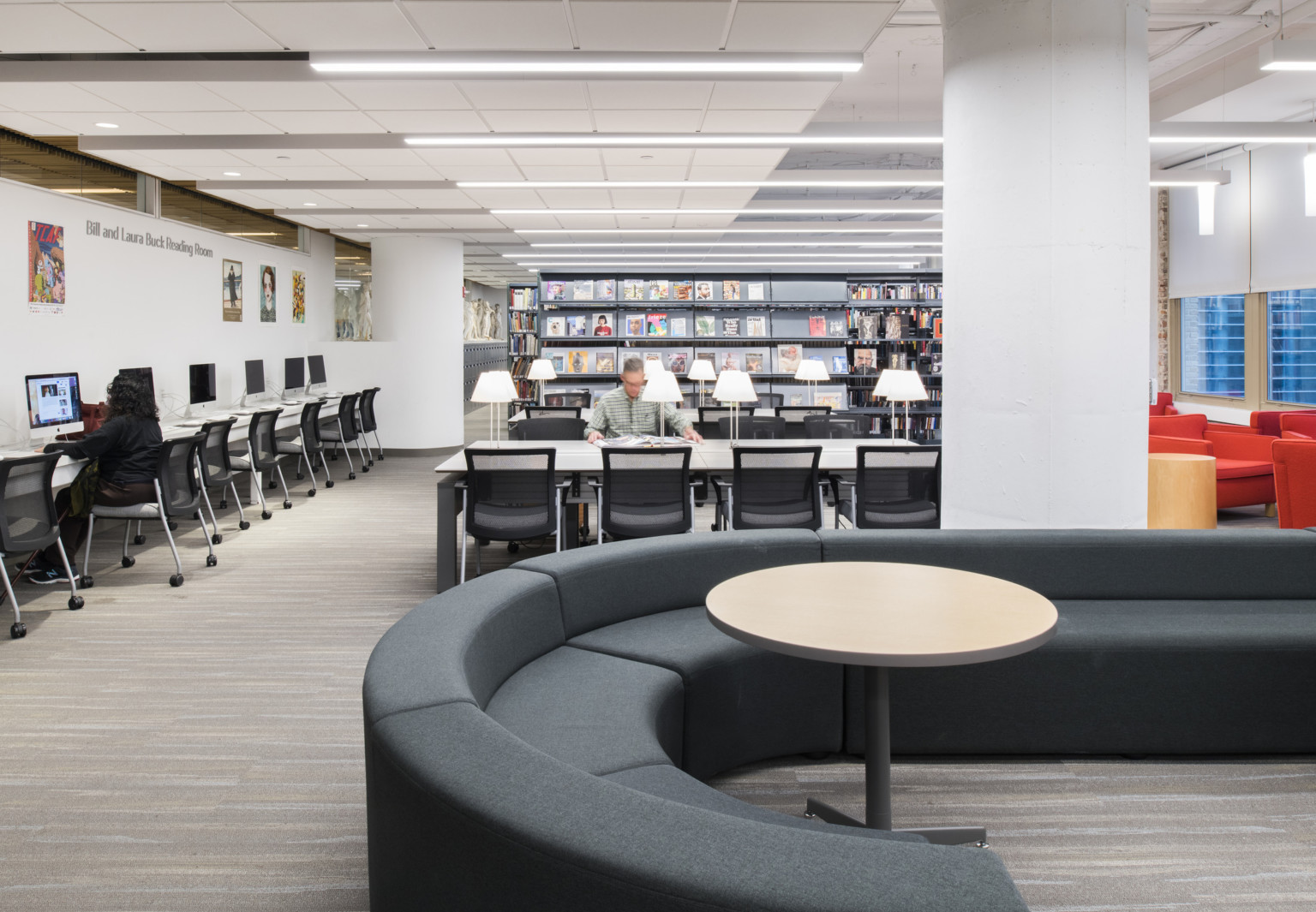
The Fine Arts Library Reading Room
PAFA is the steward of a significant collection of American art. The preservation index for works on paper in the cool storage is estimated to be over 3-times that of a typical Class AA condition, utilized for higher-end art museums. The cool storage facility increases PAFA’s ability to borrow art for scholarly research and improves its overall institutional reputation.
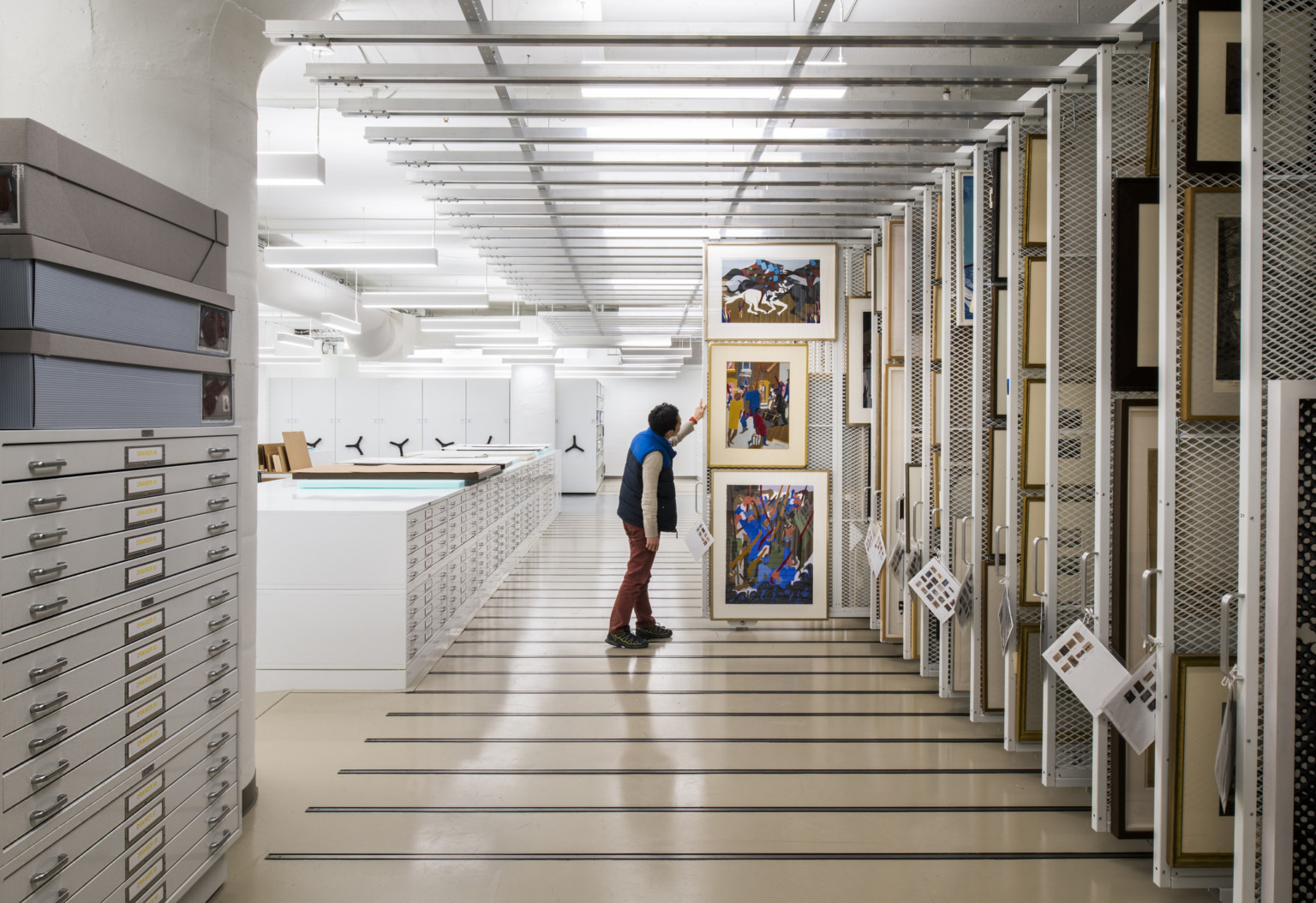
Cool storage for works on paper.
The 18,000-SF John and Richanda Rhoden Arts Center created in previously unfinished space in the Hamilton Building lower level includes an auditorium, gallery, and collections storage vault. The auditorium features 265 fixed seats and state-of-the-art audiovisual systems that accommodate music and dance performances, lectures, film screenings, and other events. An electro-acoustical system simulates the acoustics of a much larger space and allows for unamplified classical music performances.
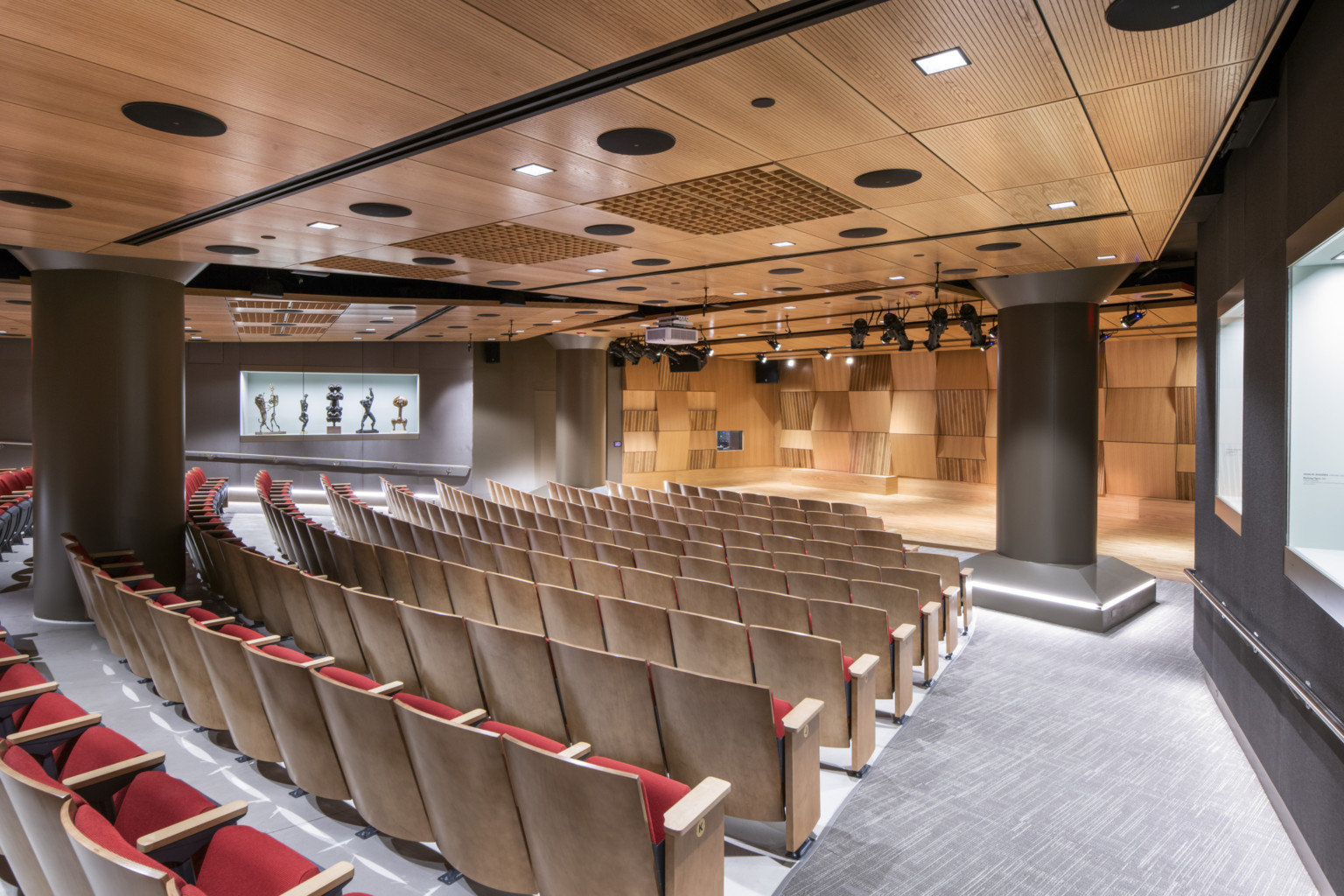
Flexible music, lecture, and performance auditorium.
Adjacent to the auditorium is the Ann Bryan Gallery. The gallery space is a flexible space that accommodates a variety of artwork, including painting, sculpture, and digital art. A reconfigured monumental staircase connects this gallery space to galleries on the first and second floors.
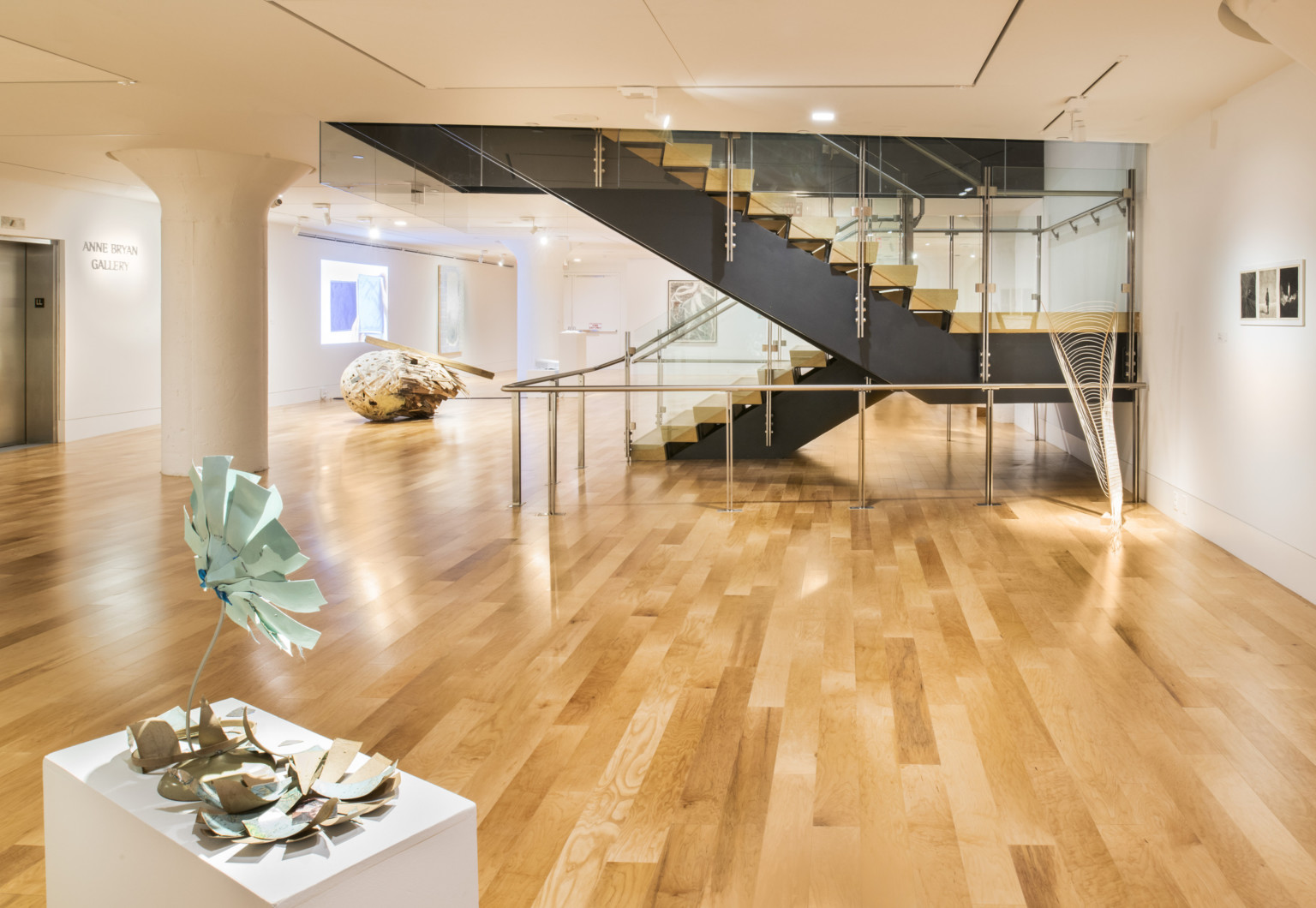
The Ann Bryan Gallery for student art.
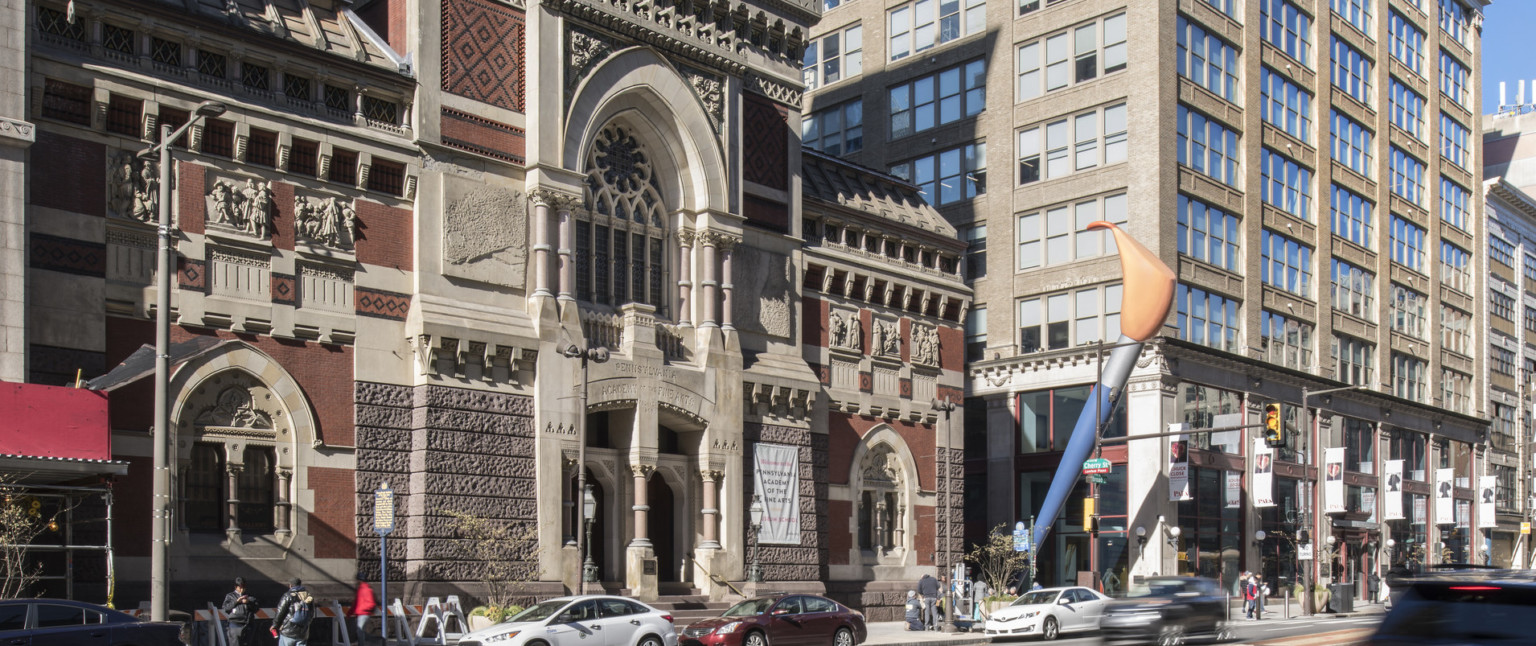
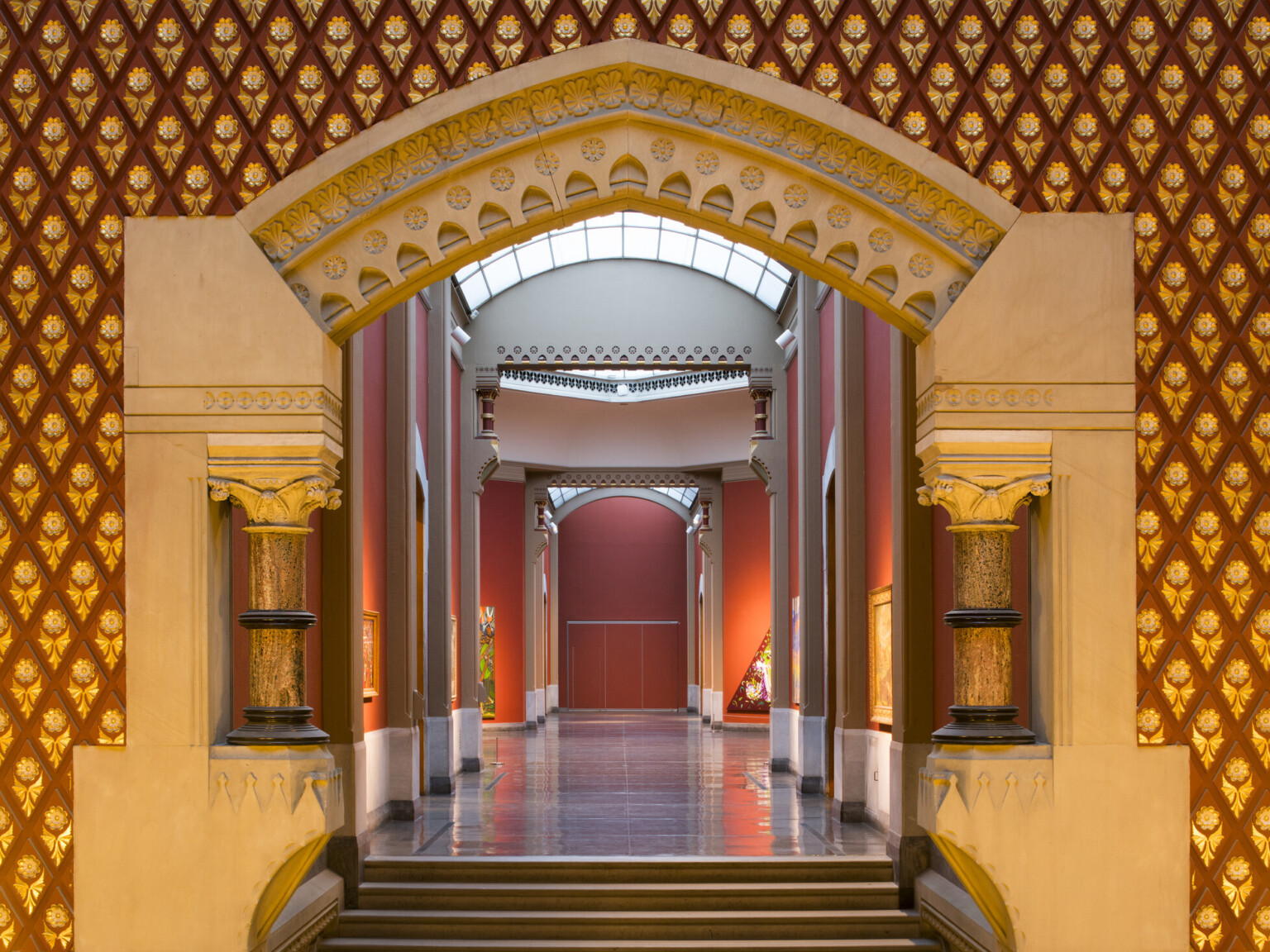
"A truly surprising sight awaited visitors of the Pennsylvania Academy of the Fine Arts in the mid-1800s: female students. Before the founding of PAFA, women had few opportunities for professional art training in the United States. Even more progressive than Europe at the time, PAFA was the earliest school to allow women to study in classes." Accidentally Wes Anderson has more on the history of this first-of-its-kind school.
Read MoreThis holiday season, we’re gathering with friends new and old for our very first giveaway! In collaboration with Accidentally Wes Anderson and Oh! You Pretty Things cookies, three winners will receive custom cookie decorating kits to create some magic of their own. Inspired by bringing design into homes in a fun and unique way, this is an opportunity for friends and family to be creative together.
See the kits in action and enter the giveaway on our Instagram.